Record-breaking red dress made by 380 artists worldwide tells stories through embroidery
Falling over a structured bodice of this Red Dress, and spilling down two long sleeves and an exaggerated train, are 87 pieces of burgundy silk dupion fabric – each carefully embroidered with intricate flower designs, starburst patterns, and images of animals and people.
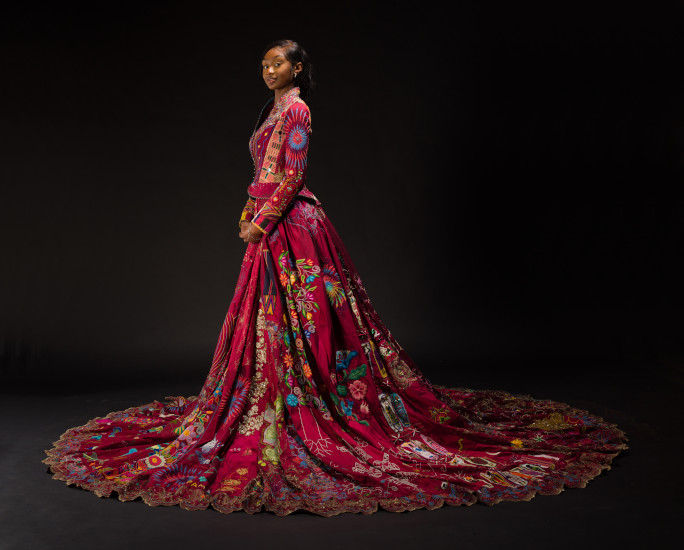
Photo credit: Mark Pickthall
The work itself is a marvel – weighing 14 lbs 15 oz (6.8 kg), this majestic dress is fit for a queen, accented with 1 - 1.5 billion stitches and hundreds of tiny beads and sparkles that draw the eye to the chest and back of the garment.
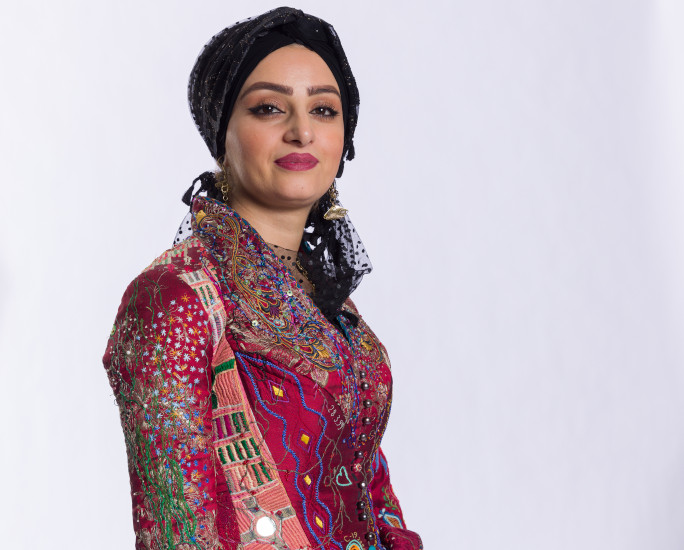
Photo credit: Mark Pickthall
Yet arguably the most incredible feature of the dress is the hands that helped assemble it. After British artist Kirstie Macleod conceived the idea in 2009, 380 individuals – mostly women and girls, but also men, boys, and non-binary artists – from 51 different countries spent 14 years designing and stitching their art on to the piece, making the Red Dress the largest collaborative embroidery project on Earth.
And as part of our 2026 edition of Guinness World Records, we took a close look at this record-breaking dress, the stories of its embroiderers, and the inspiration behind this beautiful work, to learn more about the fantastic individuals that are turning their passion for fashion into life-changing opportunities.
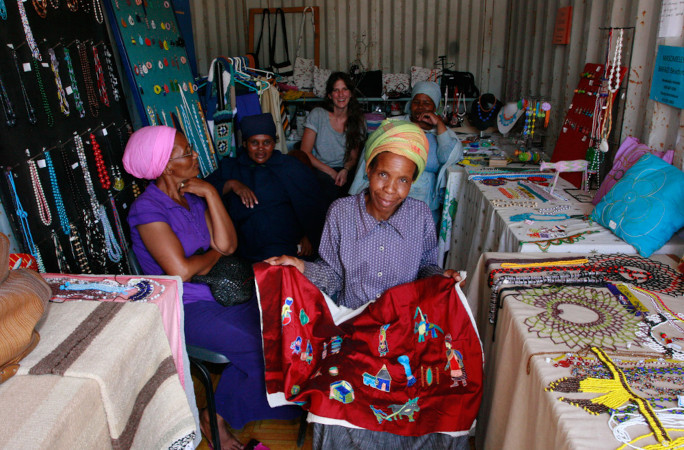
Photo credit: Chloe Townsend
Back in 2009, textile artist Kirstie Mcleod was sitting in a cafe and absentmindedly sketching a dress on to the back of a napkin.
She was thinking of a regal garment, recalling the figures of powerful queens and brave women throughout history, but with a modern style – and most importantly, with a modern ethos: that the ethically-made garment highlight the skills of the craftswomen worldwide who so often go underappreciated and underpaid for their talented work.
Born to a family of knitters and craftspeople, Kirstie had been working as an artist for 20 years, when she took a trip to southern India and she spent ages stitching a single jacket with a group of Karnatakan Lambani women. Although she couldn’t communicate with the women through a shared language, they bonded closely over the process of making a garment together, and she was taken by the idea that art could create lasting connections.
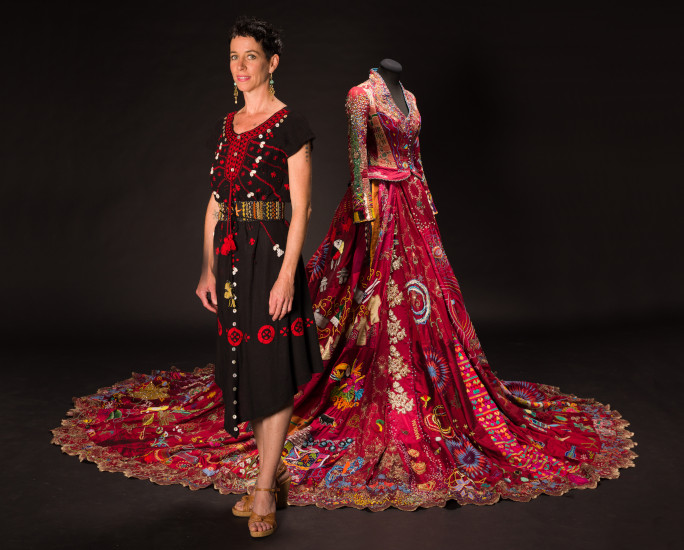
Photo credit: Mark Pickthall
But she never expected that years later, that very drawing she sketched on to a napkin would turn into a project that would unite a portion of the world with a single dress.
“I’m over the moon,” she said, sharing a post on Instagram with her new copy of the Guinness World Records book. “And of course, thank you so much to all the embroiderers, the 380 embroiderers from the 51 countries who have helped to create the Red Dress and make her what she is today.”
Since that fateful day in 2009, the Red Dress has exchanged hands many times – between female refugees from Palestine, Syria and Ukraine, women seeking asylum in the UK from Iran, Iraq, China, Nigeria and Namibia, survivors of war in Kosovo, Bosnia and Herzegovina, Rwanda and the Congo, impoverished and disadvantaged women in South Africa, Mexico and Egypt, students from countries like Montenegro, Brazil, and Malta, as well as artisans from embroidery studios in India and Saudi Arabia.
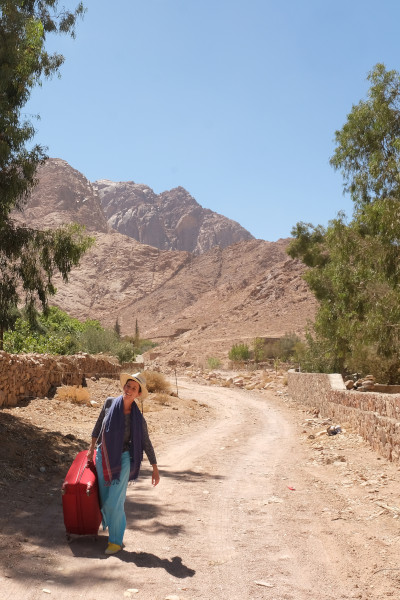
Photo credit: Georgie Sleap
Many times, Kirstie would escort the dress herself, or would make connections between craftspeople in different countries so they could work on parts of the silk at the same time.
She even included pieces of Lambani embroidery that she gathered during her travels in southern India, as an everlasting tribute to the women who initially shared their culture with her in 2002.
United by these threads, trained embroiderers would teach new generations how to express themselves using a needle, and the garment soon took on a life of its own as it travelled around the world.
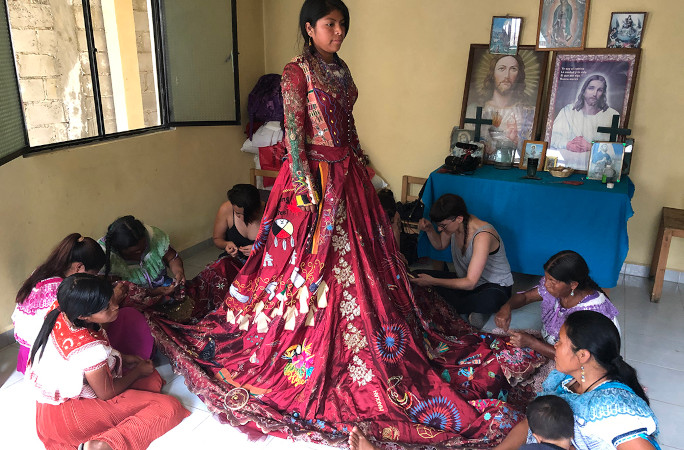
Photo credit: Kirstie McLeod













